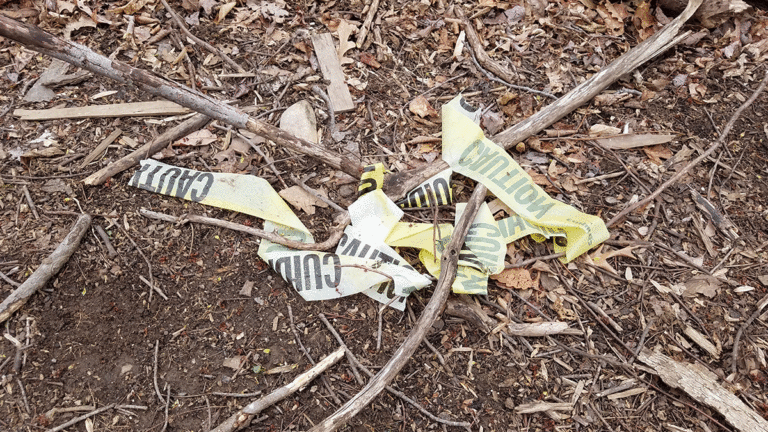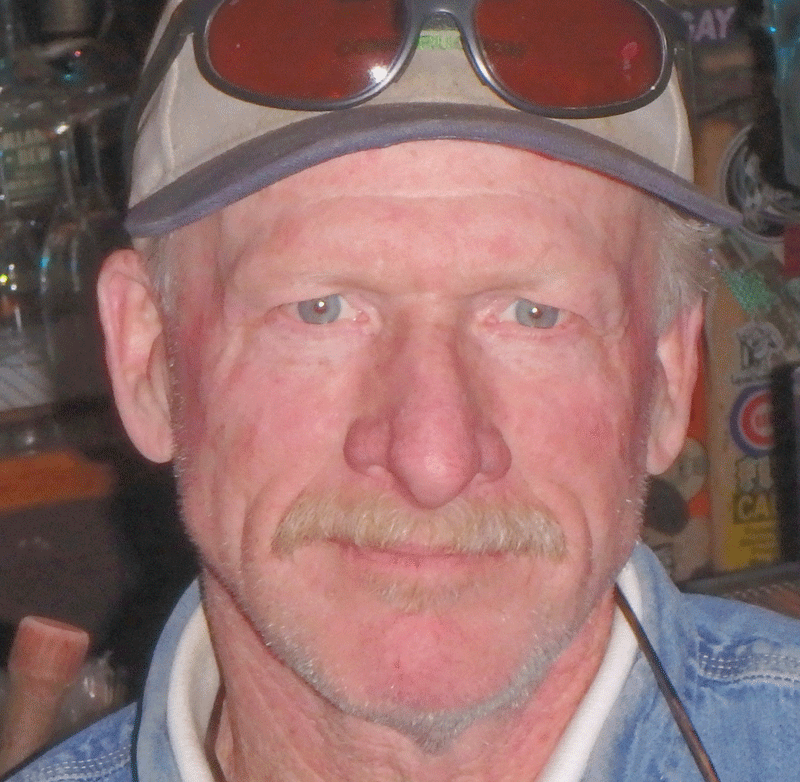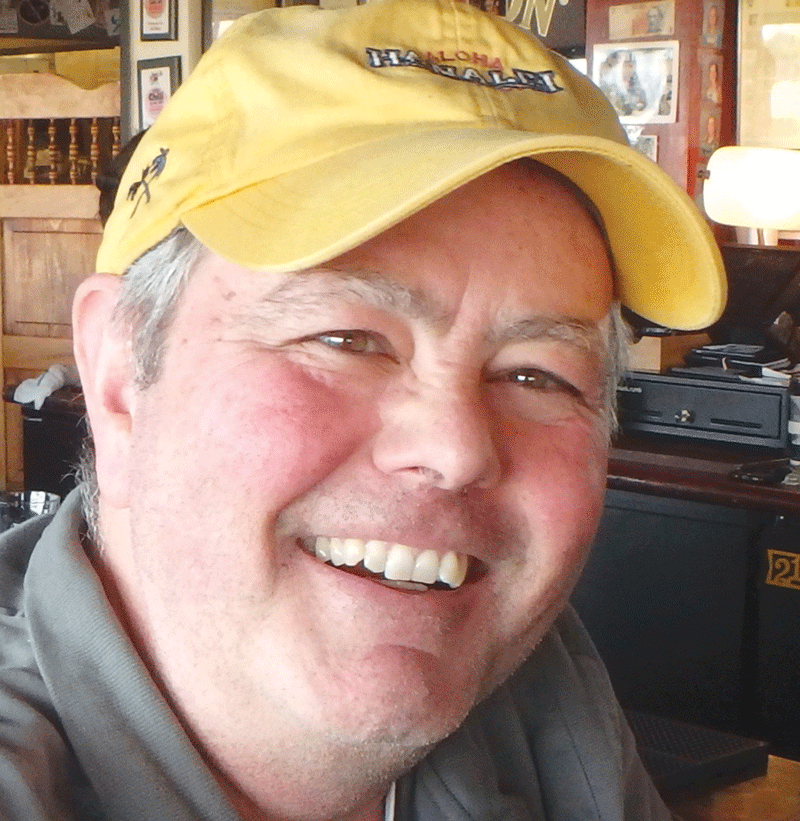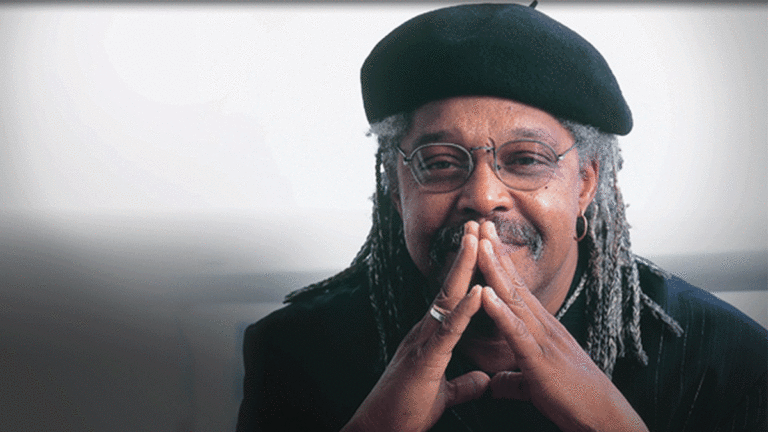WEDNESDAY 3/29
INDIE-FOLK
DEER
If there’s a band that fully embodies Austin, Texas’ eclectic ethos, it’s Deer, who are touring on their transcendent third album, Tempest & Rapture. Austin, as we all know, is where all the southern weirdos go to make crazy music and eat breakfast tacos. Deer uses roots-folk-country as its jumping-off point, but mixes elements of star-gazing psychedelic rock and spiritual dream-pop. Somehow the group never loses its boot-stomping edge while drifting out in the nether-regions of the universe, creating beautifully strange music. AARON CARNES
INFO: 9 p.m. Crepe Place, 1134 Soquel Ave., Santa Cruz. $10. 429-6994.
THURSDAY 3/30
REGGAE
KING SCHASCHA
Whether it’s reggae artists like UB40 and Sister Nancy, or ska bands like the English Beat, or punkier groups like the Interrupters, King Schascha can share a bill with them. Hailing from San Diego, he crosses genres with his blend of reggae, jazz, soul and calypso, and is known for authentic songs about real-life trials and tribulations. His live shows are known for the booty-shaking beats dropped by his seven-piece Irusalem Band, and a One Love vibe. MAT WEIR
INFO: 9 p.m. Moe’s Alley, 1535 Commercial Way, Santa Cruz. $8/adv, $12/door. 479-1854.
THURSDAY 3/30
ROOTS
MANDOLIN ORANGE
From the first licks of the opening song on the new Mandolin Orange album, Blindfaller, it’s clear that the duo is something special. Hailing from Chapel Hill, North Carolina, Orange Mandolin plays the kind of acoustic music that sets your heart leaping and your mind opening. Rooted in folk and bluegrass, the duo, comprising Andrew Marlin on vocals, mandolin, guitar and banjo, and Emily Frantz on vocals, violin and guitar, weaves intricate melody lines, understated harmonies, contemplative storytelling and sweet, back-porch grooves to create a sound that grabs you and doesn’t let go. Keep your eyes (and ears) on this rising star of the folk scene. CAT JOHNSON
INFO: 8 p.m. Don Quixote’s, 6275 Hwy. 9, Felton. $20/adv, $25/door. 335-2800.
FRIDAY 3/31
SOUL
CON BRIO
Con Brio started out from a dream that lead singer Ziek McCarter describes as “one of the most spiritual moments of his life.” McCarter was left with a powerful urge: to make music that was uplifting, and bring compassion and serenity to whomever the group played for. Con Brio has done that with infectious, funky, psychedelic grooves. At times, the band rocks out pretty hard, but everything is toe-tappingly soulful and feel goods in your heart. AC
INFO: 9 p.m. Moe’s Alley, 1535 Commercial Way, Santa Cruz. $12/adv, $15/door. 479-1854.
FRIDAY 3/31
INSTRUMENTAL ROCK
TAUK
An instrumental group that seamlessly incorporates hip-hop, funk, prog rock and jazz, TAUK is a beacon of collective chemistry and creativity. Hailing from Oyster Bay, New York, the four-piece—guitarist Matt Jalbert, bassist Charlie Dolan, keyboardist/organist Alric “A.C.” Carter, and drummer Isaac Teel—creates musical soundscapes that transport listeners with rich textures, unexpected melodic meanderings, and consuming jams. From its hypnotic, ambient grooves to mind-bending improvisations, TAUK is one of the most innovative and exciting bands around. If you love a tripped-out groove, but don’t want to watch someone twiddle a laptop all night, check these guys out. CJ
INFO: 9 p.m. Catalyst, 1011 Pacific Ave., Santa Cruz. $12/adv, $15/door. 423-1338.
SATURDAY 4/1
COUNTRY
ANTSY MCCLAIN & THE TRAILER PARK TROUBADOURS
Antsy McClain regales crowds with homespun stories and humorous tunes about growing up in a trailer park in small-town rural America. Part of the appeal is that he doesn’t take himself all that seriously, yet his music is a sincere love letter to the best rural American living has to offer. AC
INFO: 8 p.m. Don Quixote’s, 6275 Hwy. 9, Felton. $$20/adv, $25/door. 335-2800.
SUNDAY 4/2
FOLK/COUNTRY
EILEN JEWELL
Idaho, at first blush, does not strike one as a musical hotbed. But the gem state, as it’s affectionately known, has produced its fair share of musical treasures, including folk legend Rosalie Sorrels, indie-rock royalty Built to Spill, and impeccably dressed classic rock outfit Paul Revere & the Raiders. Idaho is also the stomping grounds of Eilen Jewell, one of the most extraordinary artists on the contemporary roots scene. With her clear, stunning voice and easy stroll through country-noir, folk, alt-country and Americana, Jewell brings listeners into a quiet, thoughtful, era-transcending world that encompasses much of what’s great about American roots music. CJ
INFO: 7:30 p.m. Kuumbwa Jazz, 320-2 Cedar St., Santa Cruz. $25/gen, $40/gold. 427-2227.
MONDAY 4/3
JAZZ
ROBERT TURNER & EDDIE GUTIERREZ
Los Angeles pianist Robert Turner is a soul-steeped improviser who can summon the deep blues of Gene Harris, the ebullient two-handed swing of Erroll Garner, and the rhapsodic flights of Keith Jarrett. His gospel roots in the Baptist church remain close to the surface, and he’s worked with some an array of artists, including Chico Debarge, Stevie Wonder, and Ronnie Laws. Sharing the double bill is Monterey guitarist Eddie Gutierrez, a formidable player and singer/songwriter. ANDREW GILBERT
INFO: 7:30 p.m. Don Quixote’s, 6275 Hwy. 9, Felton. $10. 335-2526.
TUESDAY 4/4
BLUES
SCOTT H. BIRAM
What do you get when you cross a Texan ex-truck driver with a distorted guitar, Biblical guilt and a love for punk and Motorhead? The one and only Scott H. Biram—who’s merch boldly proclaims “The H. stand for ‘F*$ck You!’” Once known as a one-man band, Biram has slowly integrated other artists into his work, but remains a Catalyst favorite. Touring on his most recent release, The Bad Testament, Biram is a wrecking ball of sound for fans of Waylon Jennings, punk rock, fuzzed-out blues guitar riffs and a hell of a lot of whiskey. MW
INFO: 8:30 p.m. Catalyst, 1011 Pacific Ave., Santa Cruz. $12/adv, $14/door. 429-4135.
IN THE QUEUE
STRFKR
Indie rock out of Portland. Thursday at Catalyst
SANTA CRUZ WOMEN OF JAZZ
Tribute to Ella Fitzgerald. Thursday at Kuumbwa
RED
Nashville-based American rock band. Saturday at Catalyst
ROY ROGERS
Contemporary blues master. Sunday at Moe’s Alley
BLACK BROTHERS
Siblings from Ireland’s renowned musical group, the Black Family. Sunday at Don Quixote’s












 All rains lead to the ocean, which is why it’s especially important to clean our Monterey Bay National Marine Sanctuary beaches during and following rain storms. Join Save Our Shores in its bi-monthly Cleanup Cowells Project, the brainchild of Sanctuary Steward extraordinaire Haley Mander. Volunteers must be over 18 years of age or be accompanied by an adult. Wear layers and sun protection, bring a reusable water bottle, and start your Sunday off right by helping to protect marine life from plastic debris, cigarette butts and whatever else may have been flushed down the pipes.
All rains lead to the ocean, which is why it’s especially important to clean our Monterey Bay National Marine Sanctuary beaches during and following rain storms. Join Save Our Shores in its bi-monthly Cleanup Cowells Project, the brainchild of Sanctuary Steward extraordinaire Haley Mander. Volunteers must be over 18 years of age or be accompanied by an adult. Wear layers and sun protection, bring a reusable water bottle, and start your Sunday off right by helping to protect marine life from plastic debris, cigarette butts and whatever else may have been flushed down the pipes. On this and every first-Saturday of the month, UCSC’s Arboretum offers a chance to circumnavigate the world through the amazing plant life of its Mediterranean climates. Bask in the sunshine of our own Mediterranean-temperate spring, as you follow a docent from New Zealand to South Africa to Australia and back to California—all in less than 90 minutes. You’ll learn about rare and endangered plant species, as well as about bees, butterflies, aromas and succulents in the arboretum’s specialty gardens, and check in on which trees are blooming in the Rare Fruit Garden, and what’s new at the developing World Conifer Collection. Bring a camera, and/or notebook for garden notes.
On this and every first-Saturday of the month, UCSC’s Arboretum offers a chance to circumnavigate the world through the amazing plant life of its Mediterranean climates. Bask in the sunshine of our own Mediterranean-temperate spring, as you follow a docent from New Zealand to South Africa to Australia and back to California—all in less than 90 minutes. You’ll learn about rare and endangered plant species, as well as about bees, butterflies, aromas and succulents in the arboretum’s specialty gardens, and check in on which trees are blooming in the Rare Fruit Garden, and what’s new at the developing World Conifer Collection. Bring a camera, and/or notebook for garden notes. Does art imitate life or life imitate art? Or, do some artists and thinkers simply possess an uncanny capacity for prophetic works? George Orwell’s book
Does art imitate life or life imitate art? Or, do some artists and thinkers simply possess an uncanny capacity for prophetic works? George Orwell’s book 



















